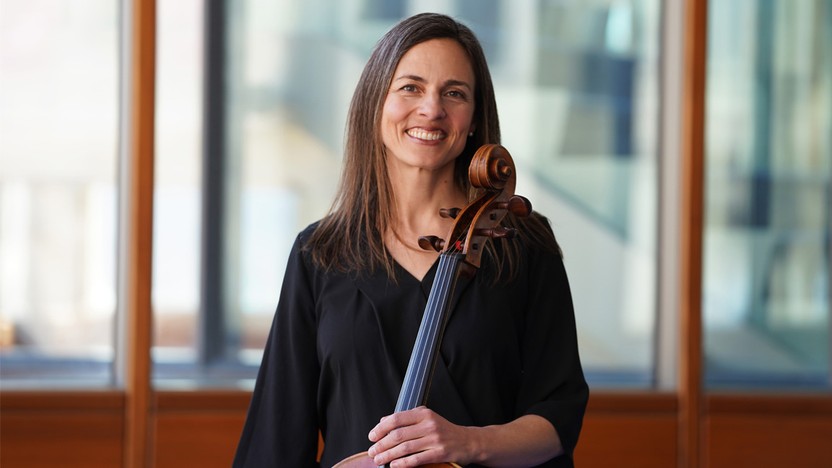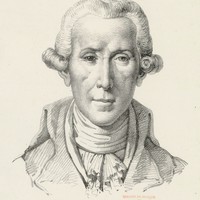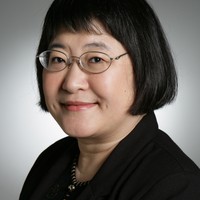Julie Albers Plays Haydn’s First Cello Concerto

Sponsored By
- December 6, 2019


Sponsored By


Don Luis, the younger brother of the Spanish king, was an avid musician who participated in his own string quartet. He hired the Italian cello virtuoso Luigi Boccherini as a court composer, and he also added the star performer to his ensemble, which is how Boccherini came to write over a hundred quintets for two violins, viola and two cellos.
Boccherini spent much of his life based in Madrid, a city he portrayed lovingly in this String Quintet in C (played here with full string sections). Night Music in the Streets of Madrid engages in quite specific scene painting, starting with the tolling of church bells and the rat-a-tat rhythms of a snare drum, signifying the procession of the military’s night watch. With the cellists imitating the sound of a guitar, a hearty minuet represents the dancing and singing of blind beggars. There is a prayerful invocation of the Rosary, and then another dancing movement with guitar-like strums places the melody in the tenor range of the first cello — Boccherini’s own part. The final section marks the retreat of the night watch, again using rapid tremolo bowing to represent the military drums.
Aaron Grad ©2019

Sound of the Five is written for western instruments which reproduce the sound and style of traditional Chinese instruments, including the Lusheng (an age-old mouth organ with bamboo pipes), Set Bells (a melodic grouping of individual bronze bells, each producing two tones forming a major or minor third, or a major second), Hsiao (a vertical bamboo flute), and the Ch’in (a two-thousand-year-old Chinese seven-string zither).
In the first movement, Lusheng Ensemble, the solo cello plays the lead role and the quartet represents the ensemble. Imagining the bell sound from a distance, five strings are merged together with mysterious harmonics in the second movement Echoes of the Set Bells. In the third, Romance of Hsiao and Ch’in, the cello transmits a lyrical sense to express the composer’s love for humanity, while the string quartet — sounding like an enlarged Ch’in — symbolizes nature. The finale, Flower Drums in Dance, comes back to an energetic scene. The rhythmic design is inspired by traditional Chinese percussion ensemble music. Making the drum sound, the string quartet accompanies the singing cello, building up momentum and leading the music to a lively ending.
Chen Yi ©2019

At the age of 29, Haydn received a lucrative job offer from Prince Paul Anton Esterhazy, the head of one of Austria’s most powerful noble families. Among his initial duties as Vice-Kapellmeister, Haydn directed the twice-weekly performances of the Esterhazy orchestra. The ensemble was small in those years, ranging from 13 to 15 players, but the performers were world-class virtuosos. Haydn composed about 25 symphonies during that period, as well as numerous concertos for violin, flute, horn and other instruments, most of which have been lost. One early example, the Cello Concerto No. 1 in C, was only rediscovered in 1961, when a set of parts turned up in Prague.
The concerto’s opening movement unfolds in a typical sonata form, starting with the first exposition by the orchestra. Haydn’s writing for the solo cello is assured and idiomatic, with bold chords spread across the strings and bright melodies in the instrument’s upper range. The Adagio movement features delicate interplay between the soloist and ensemble, with the solo cello entering on an understated held note and then echoing the tutti melody it had been accompanying. The finale employs speedy passagework and wide-ranging leaps, suggesting that Haydn had great faith in the Esterhazy cellist at the time, Joseph Weigl.
Aaron Grad ©2019
Get driving directions and find nearby parking.
Find dining options close to the venue.
View seating charts to find out where you'll be seating.
Get driving directions and find nearby parking.
Find dining options close to the venue.
View seating charts to find out where you'll be seating.
